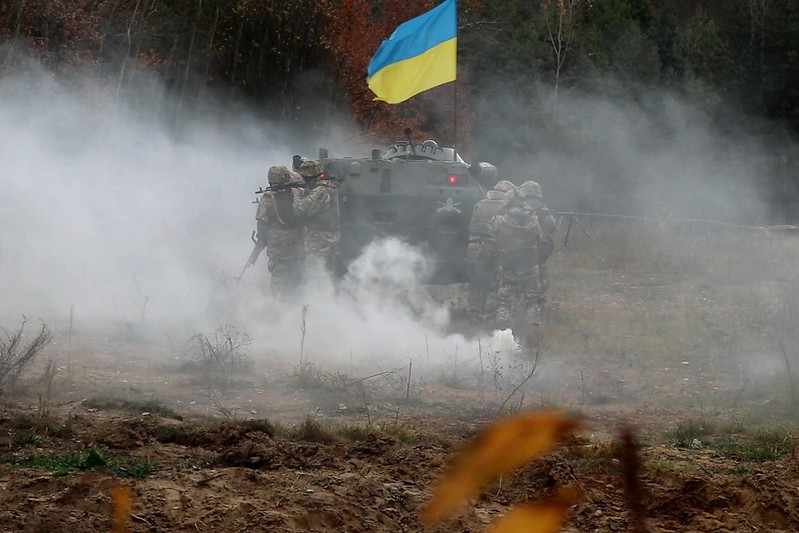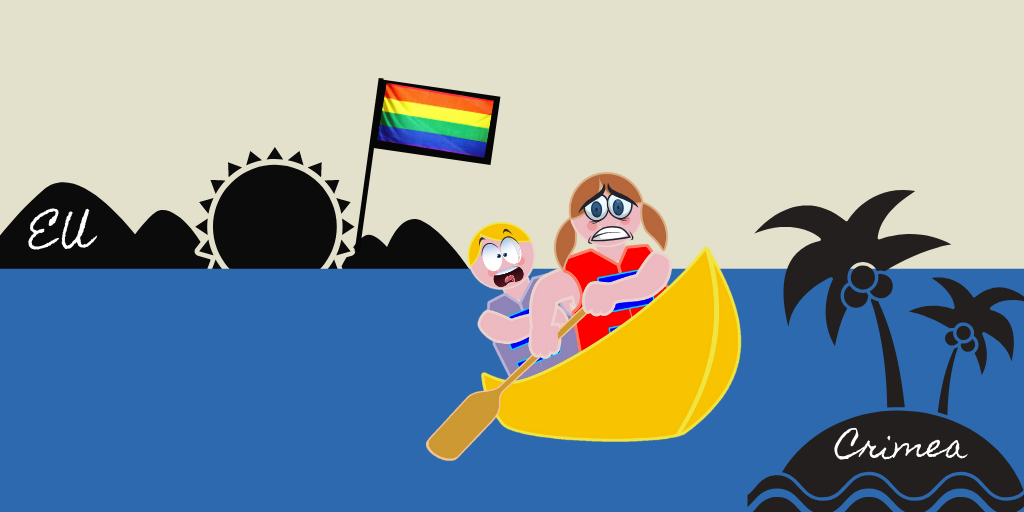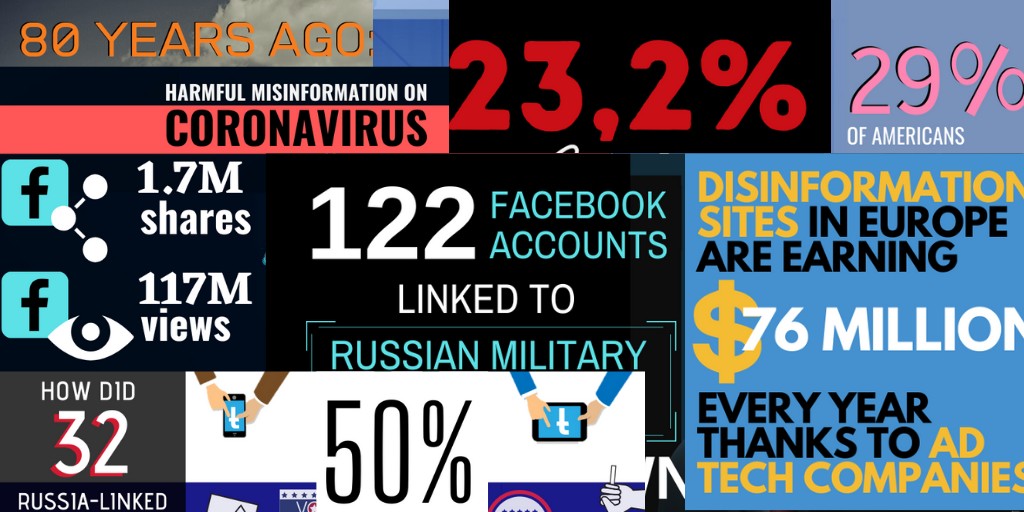After a nearly half-year delay, Ukraine's new National Security Strategy was finally approved by President Zelenskyy's administration. The principal issues -- full membership in the EU and NATO, Russia as an aggressor state and as a source of long-term systemic threats to Ukraine's national security -- cause no worries. But the new strategy also reveals that Ukraine has still not established a common conceptual understanding of the Russian strategy behind the Hybrid War it is fighting -- which means it risks continuing solving the wrong war.
Main points
Establishing peace, restoring the sovereignty and territorial integrity of Ukraine within its internationally recognized state border is the highest priority of Ukraine. Man, his life and health, honor and dignity, inviolability, and security have been prioritized alongside the creation of Ukraine as a free, prosperous, secure state. The implementation of Ukraine’s national interest includes continued implementation of defense and deterrence measures, active use of negotiation formats and consolidation of international pressure on and support against the Russian Federation, full membership in both EU and NATO, [while full membership in the EU was part of Ukraine's previous 2015 Security Strategy, only the "creation of conditions for receiving NATO membership" was mentioned there - Ed.] and more. It also describes Ukraine’s ambition for the temporarily occupied territories - Donbas and Crimea. Strangely enough, they differ. “Restoration of peace, territorial integrity and state sovereignty in the temporarily occupied territories in Donetsk and Luhansk oblasts” is a stated objective for the former. Logically, one would expect the ambition for the Autonomous Republic of Crimea and the city of Sevastopol to be identical to that of Donbas. Instead, it defines it as “implementation of international legal, political-diplomatic, security, humanitarian, and economic measures aimed at ending the illegal occupation.” The differentiation is slightly odd since the NSS uses the term “Russian occupation administration” to describe the de-facto authorities in both the temporarily occupied territories of Donbas and the Autonomous Republic of Crimea and the city of Sevastopol.
The differentiation is slightly odd since the NSS uses the term “Russian occupation administration” to describe the de-facto authorities in both the temporarily occupied territories of Donbas and the Autonomous Republic of Crimea and the city of Sevastopol.
The regions are given the same legal status, while the strategy to reintegrate them is different.
After more than six years of war, it concludes (understandably) that the “system of international security created after the Second World War is no longer able to respond effectively to modern challenges”
- Protectionism and tendencies towards regionalism are intensifying;
- New models of civilizations are being formed;
- Interstate associations and international organizations are being transformed;
- The challenges to transatlantic and European unity are growing, which could lead to the escalation of existing conflicts and the emergence of new ones;
- The global situation is characterized by a high degree of uncertainty and unpredictability.
Russia has, however, been clearly defined as an aggressor state and as a source of long-term systemic threats to Ukraine's national security.
Weaknesses
This is where I will slowly start pointing out some of the weaknesses of the new strategy. The Russian strategic aim, as described by the head of Foreign Intelligence Service (FIS) is in my opinion, far better and more in line with the instruments NSS states Russia is employing. According to FIS, Russian strategic goals remain unchanged:“bringing Ukraine back into the orbit of total influence, eliminating its national identity and independence, establishing external control over the ongoing processes in the country, and ultimately terminating Ukraine as a sovereign state.”This assessment acknowledges that the Hybrid War is not about the physical domain (e.g. territory or the military capabilities). The main battlespace is the mind and consequently, the “cognitive spaces of both populations and key decision- and policymakers.” Some of the assessments made in 2015 supporting the head of FIS have been weakened or excluded altogether.
- Russian global ambitions are hardly acknowledged in the latest version. It is no longer striving to “undermine the unity of the democratic international community, to revise the world order which was formed up upon the end of the WWII, and to violate fundamentals of international security and law.” It is taking advantage of the situation.
- The Russian global engagements are connected to “influence” (e.g. diplomacy, meddling in elections, referendums, and politics, information operations, cyberattacks, etc.). However, an acknowledgment of its global ambitions would help strengthen the perception of the Hybrid War. More importantly, it would explain how crucial Ukraine is to the Russian “imperial” ambitions, thereby killing the notion of a simple, political solution to Russian aggression.
- The 2015 assessment of “informational-psychological warfare, the humiliation of the Ukrainian language and culture, defaming Ukrainian history, creating a distorted alternative informational picture of the world by the Russian Mass Media” has been excluded. This is of concern as the pro-Russian control of Ukrainian media is growing.
Ukraine has still not established a common conceptual understanding or a common terminology. The disparity between the physical and cognitive battlespace and the consequential difference in counterstrategy illustrates the importance of establishing a common understanding.
- Due to its traditional territorial focus, it fails to outline the main battlefield and an efficient counterstrategy;
- NSS recognizes that Russia is conducting Hybrid aggression against Ukraine without outlining a cross-sectorial, coordinated counterstrategy. The development of 15 unique, independent strategies will not help. Ironically, a Counter Hybrid War Strategy is not one of them.
- According to NSS, Russia will be a persistent threat to Ukraine’s sovereignty and independence. For the last six years, this has forced Ukraine to prioritize its limited budget to rebuild its security and defense sector and has, therefore, effectively been denied the opportunity to meet the expectations of society.This is one of the factors which have impacted the reform process, and consequently the efficiency of state bodies, infrastructure, lack of economic recovery, level of well-being and socio-economic situation, demographic changes, and more.These consequences of the Hybrid War have, however, been translated into “internal threats.” The new strategy, therefore, turns some of its attention inward to what it calls the rooting of radical social sentiments and environments, as the basis for political violence and separatism. Crime threatens the rights and freedoms, the legitimate interests of people, society, and the state.
- Some of the real internal threats have not been addressed. These include oligarchs, pro-Russian political forces and media, anti-reformists, corrupt officials, etc.
As a consequence, by not fully acknowledging the fundamental impact of the ongoing Hybrid War and developing a common conceptual understanding of the Russian strategy, Ukraine risks continuing solving the wrong war.
- Read also: Zelenskyy is solving the wrong war
Both the military asymmetry, as well as the focus on negotiations as a means to resolve conflicts, effectively removes any military options Ukraine might have had from its “toolbox.” This is further fixed by the President's emphasis on the safety of the soldiers.





